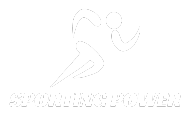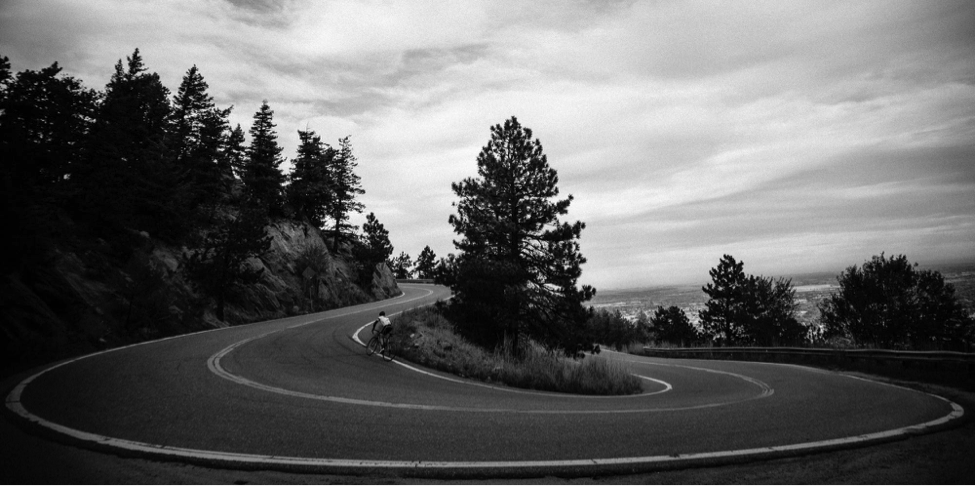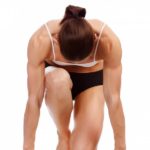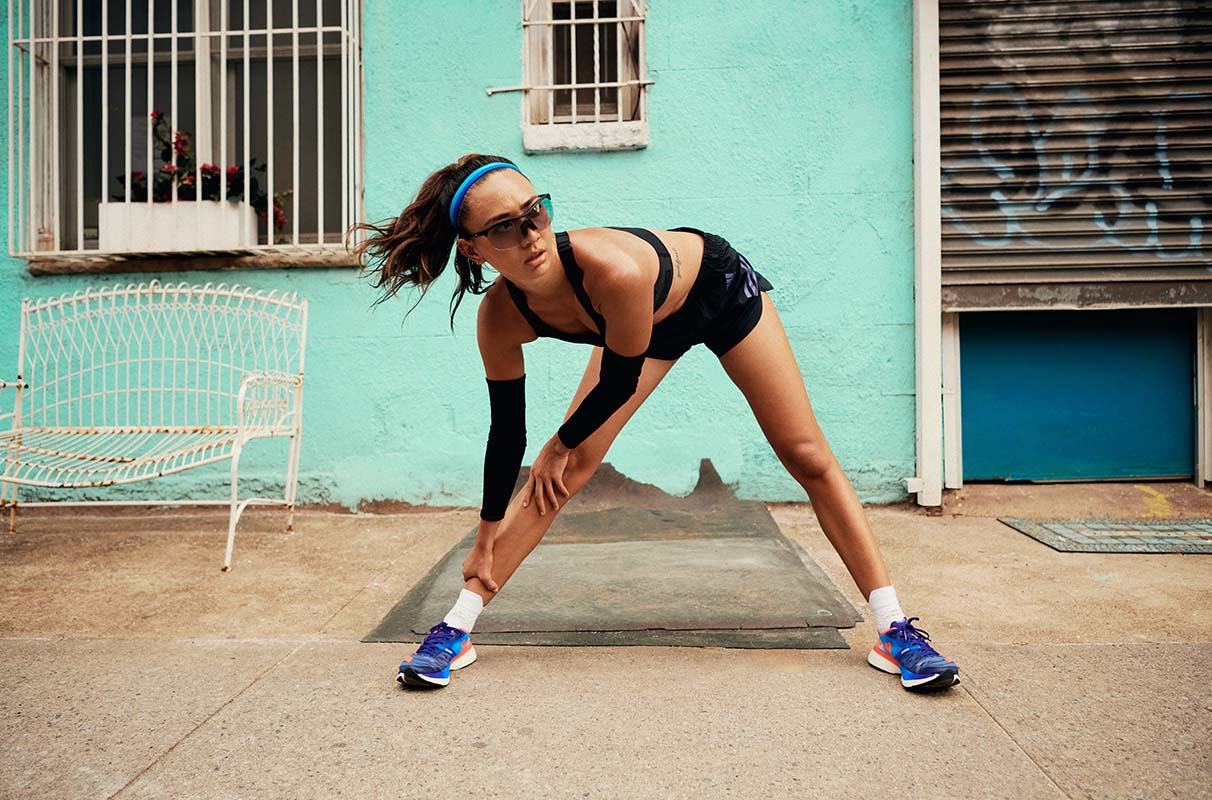It is important to develop a good climbing technique for all cyclists, even if you aren’t planning to compete in the Tour de France anytime soon. It is now easier to track cycling performance and progress with the increased metrics available to riders. Understanding your strengths and weaknesses can help you pinpoint what you need to do to reach your goals.
What should you focus on?
Most people immediately consider losing weight when identifying their biggest climbing gains. You’ll climb faster if you’re lighter, right? Although weight is a factor in climbing performance, we shouldn’t make it the primary goal or target for performance improvements.
What should you focus on? We will now list three areas to focus on:
Increase power output
Pacing your power output
Maintaining focus and correct mechanics
Why not weight?
It is true that your watts/kg will affect how fast you can go with a certain power output. However, focusing on the factors above are more useful. People often focus too much on watts/kg, but this is not the best way to improve performance. If you insist on focusing on the weight of the bike and not the rider, then make it the focus. Rotating weight is an important factor to consider, especially when it comes to wheels and tires.
Increase Power Output
You want to start by building a solid base. This is not only achieved by building strength, but also endurance. It is important to increase your power output.
We recommend these workouts if you use SYSTM for specific climbing:
The Chores
Defender
Attacker
We suggest that you:
ISLAGIATT
Thin Air
Cobbler
Blender…because you can get a little bit of everything with it!
Why are these sessions important? Our goal is to improve your ability to hit higher power and then recover quickly after these efforts. Depending on the type of climb, you will not be able to rest. You must build endurance so that you can continue to exert power for long periods.
Pacing your Effort
You just learned about a crucial aspect of climbing: maintaining power over a long period of time. You won’t want to begin a 45 minute climb in the mountains with your VO2 Max. To maximize your abilities, you will need to know how to maintain a manageable pace throughout the entire effort. Pacing is also important for adapting to the changes in pitch. It is better to go harder when the slope is steeper than to ease up when it decreases. If you go harder on the steeper sections, and easier on the flatter sections, you can achieve a faster average speed.
Maintaining Proper Mechanics
To improve your climbing abilities, you should also be aware of the mechanics of your body throughout the climb. Are your shoulders tense or rounded? You may notice that your body is swaying back and forth. What is the primary muscle driver of the effort you are doing?
You may only be able to focus on the intensity of your effort, but next time you should take a moment to consider what your body does. You can become more aware of your own weaknesses by periodically performing a system check on your shoulders and core.
What should you do first? What should you do first? Core control is not just about your ability to sit ups. It’s not just about your six-pack. Your core is made up of all the muscles that make up your lumbopelvic system. Both your deep and surface core muscles are included. You can use your core to protect your spine when bracing, as well as flexing your trunk. You can also think of it as your power station. If your core is not engaged, or isn’t properly trained to handle the weight, power will be lost when you push the pedal. Do not lose those valuable watts. Concentrate on exercises that target your transverse abs, internal/external muscles, glutes, and lower back muscle musculature.
Relaxing your upper body is another factor to consider when you’re focusing on body mechanics. When you are climbing, do you have a death-grip on the bars? You can try to loosen your grip by letting your shoulders drop. Take a deep breathe and concentrate on the exhale. This will help your diaphragm to relax and your shoulders to drop.
Climbing is the best way to improve. Consistency is key in mastering any cycling skill. Continue to improve your skills and challenge yourself will not only help increase your endurance and strength but also your confidence!







